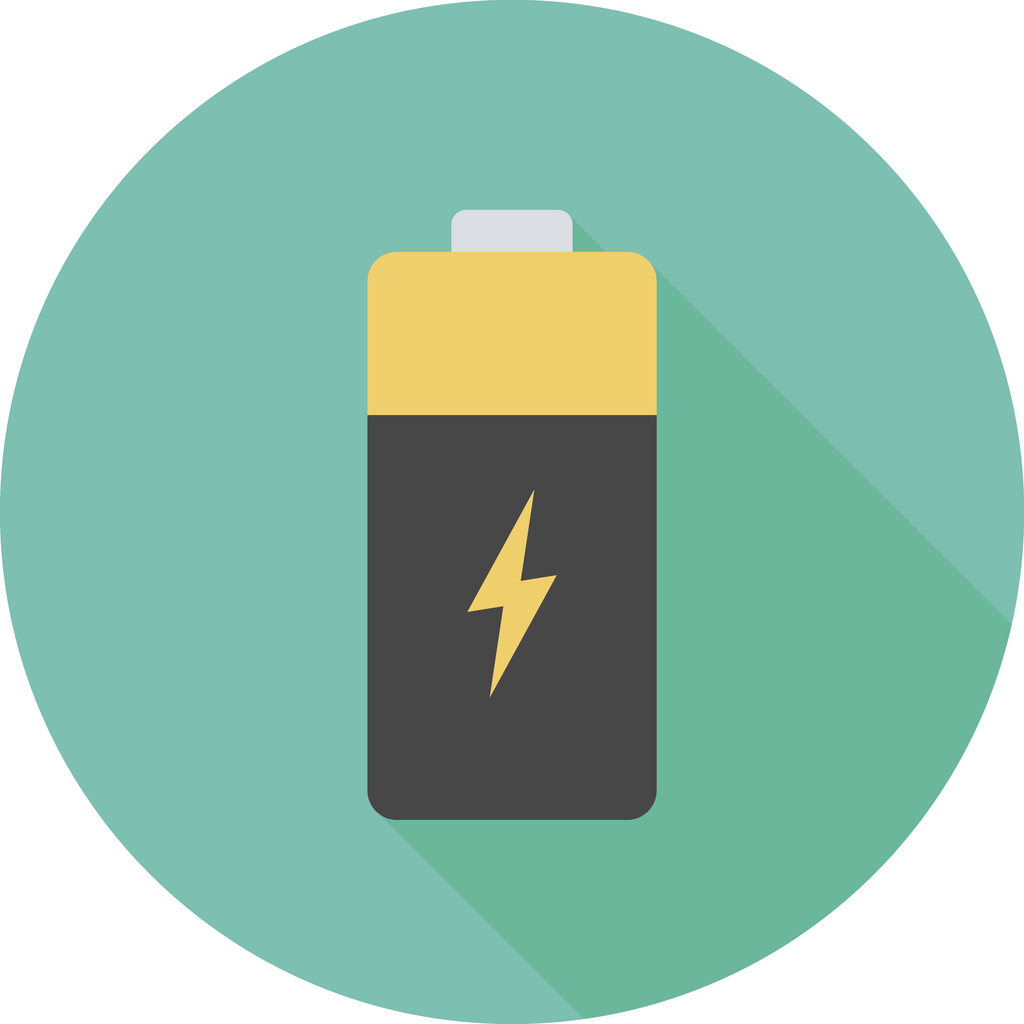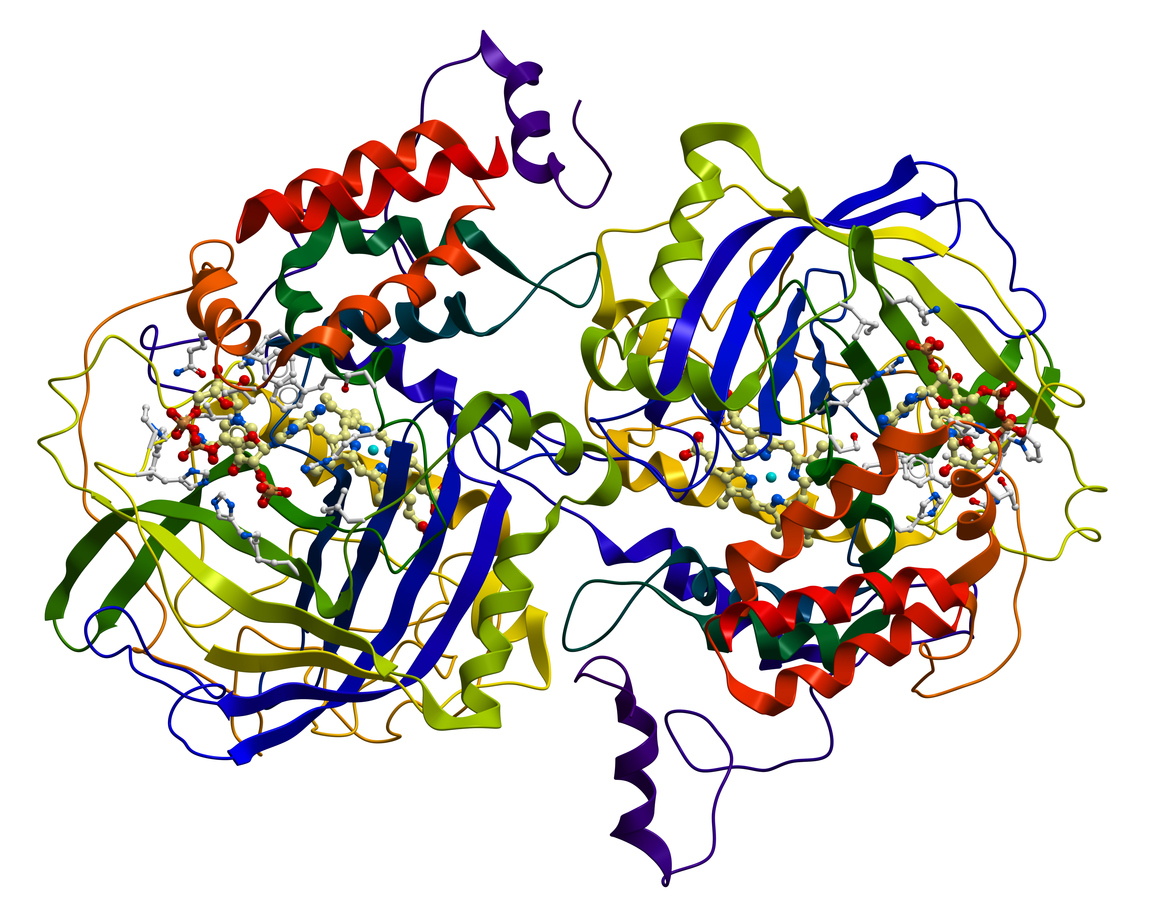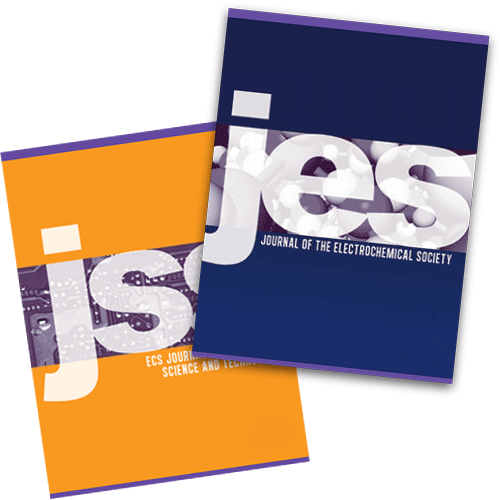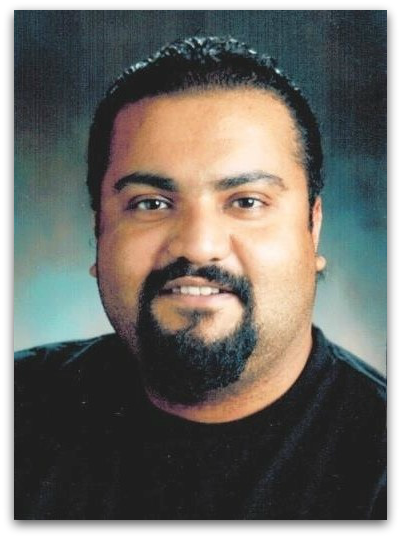 After an unusually intense heat wave, downpour, or drought, Noah Diffenbaugh and his research group inevitably get phone calls and emails asking whether human-caused climate change played a role.
After an unusually intense heat wave, downpour, or drought, Noah Diffenbaugh and his research group inevitably get phone calls and emails asking whether human-caused climate change played a role.
A new framework will help them respond.
“The question is being asked by the general public and by people trying to make decisions about how to manage the risks of a changing climate,” says Diffenbaugh, a professor of earth system science at Stanford University’s School of Earth, Energy & Environmental Sciences.
“Getting an accurate answer is important for everything from farming to insurance premiums, to international supply chains, to infrastructure planning.”
In the past, scientists typically avoided linking individual weather events to climate change, citing the challenges of teasing apart human influence from the natural variability of the weather. But that’s changing.
“Over the past decade, there’s been an explosion of research, to the point that we are seeing results released within a few weeks of a major event,” says Diffenbaugh, who is also a senior fellow at the Stanford Woods Institute for the Environment.
Four steps
In a new study, published in the Proceedings of the National Academy of Sciences, Diffenbaugh and colleagues outline a four-step “framework” for testing whether global warming has contributed to record-setting weather events. The new paper is the latest in a burgeoning field of climate science called “extreme event attribution,” which combines statistical analyses of climate observations with increasingly powerful computer models to study the influence of climate change on individual extreme weather events.
In order to avoid inappropriately attributing an event to climate change, the authors began with the assumption that global warming had played no role, and then used statistical analyses to test whether that assumption was valid. “Our approach is very conservative,” Diffenbaugh says. “It’s like the presumption of innocence in our legal system: The default is that the weather event was just bad luck, and a really high burden of proof is required to assign blame to global warming.”
(more…)
 Like all things, batteries have a finite lifespan. As batteries get older and efficiency decreases, they enter what researchers call “capacity fade,” which occurs when the amount of charge your battery could once hold begins to decrease with repeated use.
Like all things, batteries have a finite lifespan. As batteries get older and efficiency decreases, they enter what researchers call “capacity fade,” which occurs when the amount of charge your battery could once hold begins to decrease with repeated use.

 After an unusually intense heat wave, downpour, or drought, Noah Diffenbaugh and his research group inevitably get phone calls and emails asking whether human-caused climate change played a role.
After an unusually intense heat wave, downpour, or drought, Noah Diffenbaugh and his research group inevitably get phone calls and emails asking whether human-caused climate change played a role. Researchers from Columbia University School of Engineering and Applied Science recently developed a method that could result in safer, longer-lasting, bendable lithium-ion batteries. To do this, the team applied ice-templating to control the structure of the solid electrolyte for lithium-ion batteries.
Researchers from Columbia University School of Engineering and Applied Science recently developed a method that could result in safer, longer-lasting, bendable lithium-ion batteries. To do this, the team applied ice-templating to control the structure of the solid electrolyte for lithium-ion batteries. ECS hosts
ECS hosts  When people hear about prospecting, they might imagine old forty-niners (miners) with pickaxes hunting for gold, or maybe an agent for the San Francisco 49ers (football team) scouting for new talent. In my lab we do another version, called bio-prospecting – searching for useful substances from natural sources. Bio-prospecting has produced many valuable products, including
When people hear about prospecting, they might imagine old forty-niners (miners) with pickaxes hunting for gold, or maybe an agent for the San Francisco 49ers (football team) scouting for new talent. In my lab we do another version, called bio-prospecting – searching for useful substances from natural sources. Bio-prospecting has produced many valuable products, including 
 Scientists studying climate change have long debated exactly how much hotter Earth will become given certain amounts of greenhouse gas emissions. Models predicting this “climate sensitivity” number may be closer to the observed reality than some previously thought, according to a new study.
Scientists studying climate change have long debated exactly how much hotter Earth will become given certain amounts of greenhouse gas emissions. Models predicting this “climate sensitivity” number may be closer to the observed reality than some previously thought, according to a new study. ECS is proud to partner with the
ECS is proud to partner with the  ECS is pleased to announce the 11 award winners for the Society’s spring biannual meeting.
ECS is pleased to announce the 11 award winners for the Society’s spring biannual meeting. Ajit Khosla is a professor at Yamagata University in Yonezawa, Japan and a visiting professor at San Diego State University’s College of Engineering. Khosla’s work in the area of nano-microsystems has resulted in more than 100 scientific and academic contributions. Khosla has recently been named associate editor for the
Ajit Khosla is a professor at Yamagata University in Yonezawa, Japan and a visiting professor at San Diego State University’s College of Engineering. Khosla’s work in the area of nano-microsystems has resulted in more than 100 scientific and academic contributions. Khosla has recently been named associate editor for the